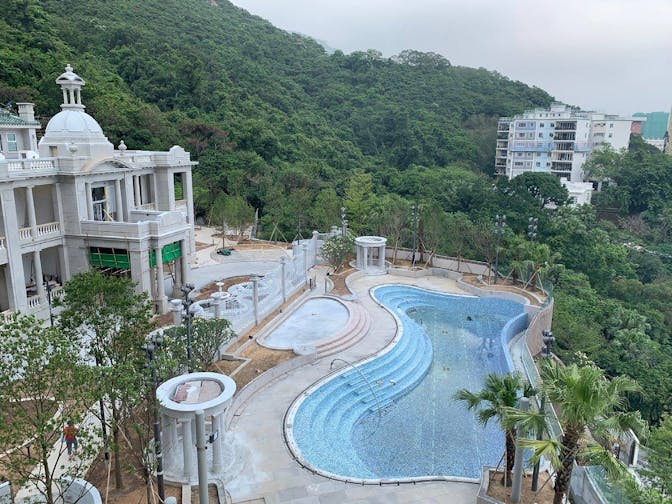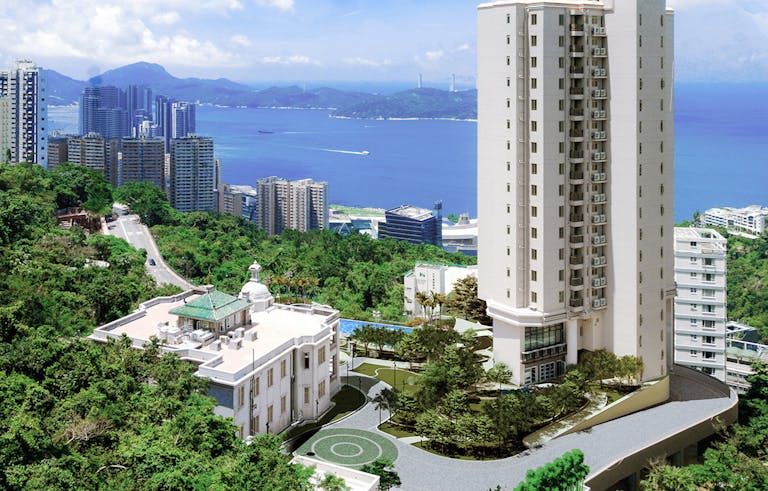Climate Change and the Survival of Heritage Buildings
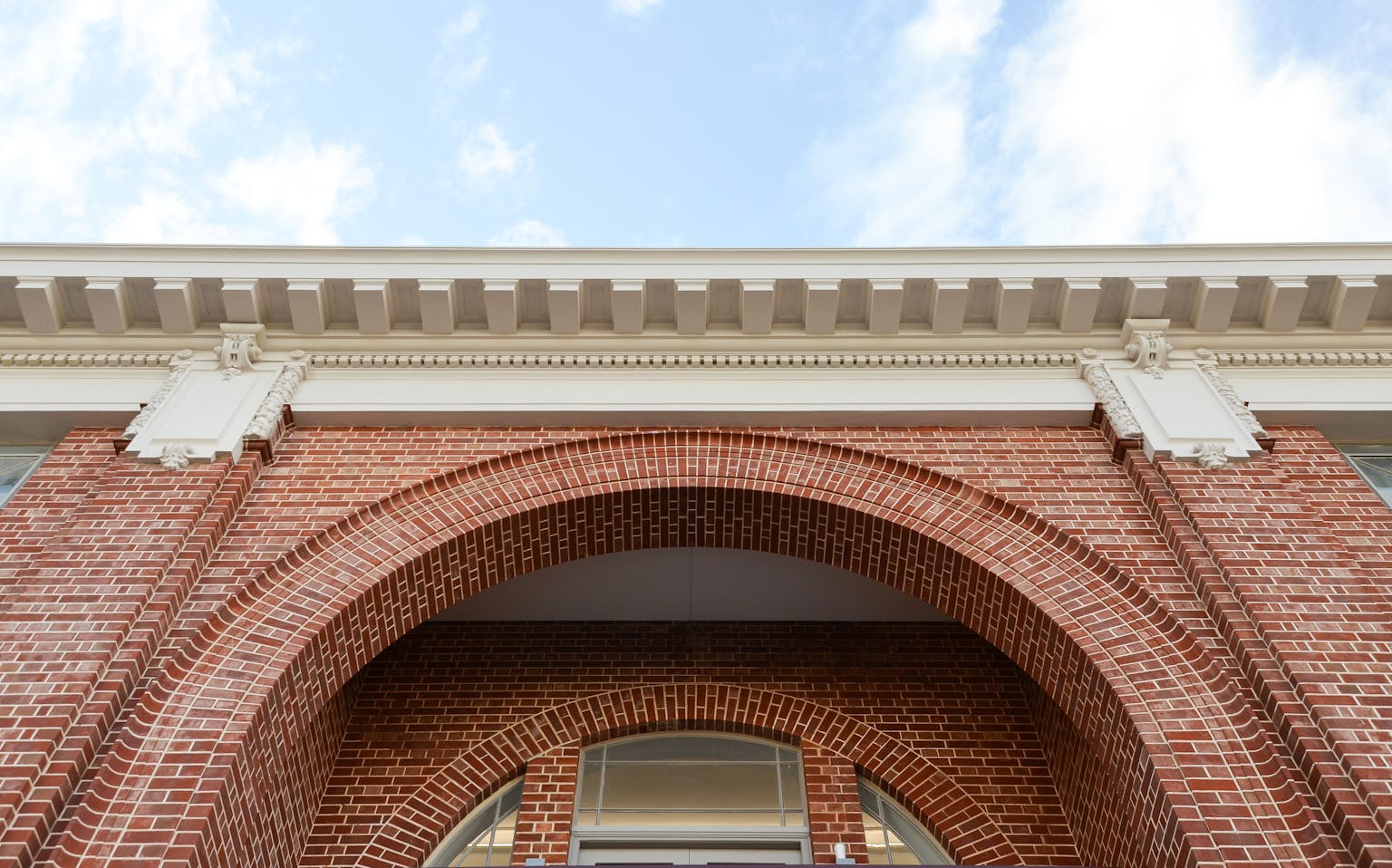
Purcell Associate Architect and Hong Kong Institute of Architects member Theresa Chan was recently invited to contribute to the institute’s recent article in the Hong Kong Economic Journal, which has been published ahead of COP26. We are excited to share a full translation of the piece, which explores building conservation and sustainability — read below to hear her views on how conservation and adaptive use of heritage buildings could be the answer to sustainable building design solutions.
Article credit: HKEJ. Original article here.
For over a decade, the issue of climate change has been the subject of much debate. In 2015, the UN Climate Change Conference reached a milestone when the Paris Agreement was adopted by world leaders who made a commitment through a binding international treaty to tackle climate change. Today, the agreement is supported by 190 parties with a common goal to limit global warming. Across the world, countries and leading businesses have actively set targets to reduce greenhouse gas emissions.
In the recent 2021 Policy Addresspresentation, the Hong Kong government reiterated their target of achieving carbon neutrality by 2050. It was also mentioned that the Secretary for the Environment will announce further policies aimed at carbon emission reduction as part of the upcoming Hong Kong’s Climate Action Plan 2050. In Hong Kong, over 65% of the city’s carbon emissions are electricity generated and 90% of it is consumed by buildings. The building industry must be held accountable and make significant contributions to address issues linked to climate change.
Nowadays, sustainability has become a vital part of many construction projects. As architects, we find the public increasingly conscious of sustainable design development and its integration to buildings. In Hong Kong, CIC’s Zero Carbon Building at Kowloon Bay is a pioneering project that demonstrates the possibility of modern construction: achieving net zero carbon emissions as well as providing a valuable knowledge sharing platform. However, we appear less determined when it comes to existing buildings, let alone when faced with the complexity of heritage buildings that warrant a high degree of sensitivity.
Around the world, sustainable design assessment tools have been developed to address new constructions, which are then modified to suit existing structures. Still, assessment tools commonly used in Hong Kong, including BEAM Plus, China Three Star, and LEED, do not yet offer bespoke tools for dealing with heritage buildings. Although relevant studies have emerged in Europe, there are not many appropriate application tools, with Italy’s GBC Historical Building being one of the few. Without being able to make substantial changes to location, orientation and existing materials, heritage buildings can perform poorly when being evaluated against the same benchmarks for new constructions.
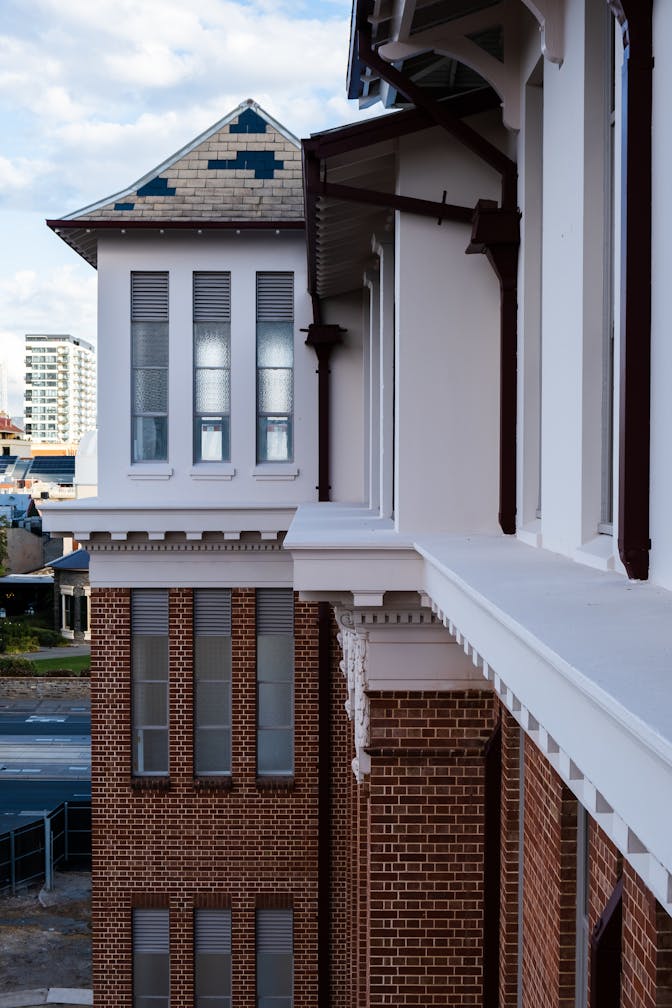
From a different perspective, conservation and adaptive reuse of heritage buildings could itself be the most effective sustainable building design solution. It is in the best interest of both worlds to conserve the environment and natural resources for future generations. Heritage buildings that have survived over time whilst being in use create less embodied carbon, even when retrofitted. In this instance, embodied carbon includes emissions from existing building demolition, material discard, new material generation and transportation, as well as new building construction processes. It is worth noting that the current Hong Kong Building Energy Efficiency Ordinance only addresses operational carbon emissions with no consideration of embodied carbon emissions. Furthermore, the ordinance is not applicable to Declared Monuments, or Historic Buildings as defined under the Antiquities and Monuments Ordinance. As a result, there are major misinterpretations in the energy performance of heritage buildings, due to exclusion of embodied carbon in our existing assessment tools.
Benefits of Recording Environmental Performance as Prerequisite
How then, do we reach informed decisions on repair and alteration proposals that balance the need of heritage building conservation while enhancing their energy performance? When dealing with heritage buildings we must first understand their current energy performance. To this end, one can foresee the benefits of recording its environmental performance as a prerequisite for preparing retrofit solutions when dealing with heritage buildings. This is, in a way, an extension to a condition survey typically carried out at the beginning of a building conservation project. Its benefits are two-fold, and we are eager to see a pilot scheme being conducted in Hong Kong in the near future.
Firstly, identifying the level of performance in each building provides information required to create bespoke solutions. It can be used to prioritise repair or alteration tasks, which also drives financial or funding decisions to better place our resource and investment. Secondly, it provides reliable data for comparing energy performance before and after work. We are hopeful that this collected data will demonstrate the potentially massive input from conserving heritage buildings towards a resolution for issues relating to climate change.
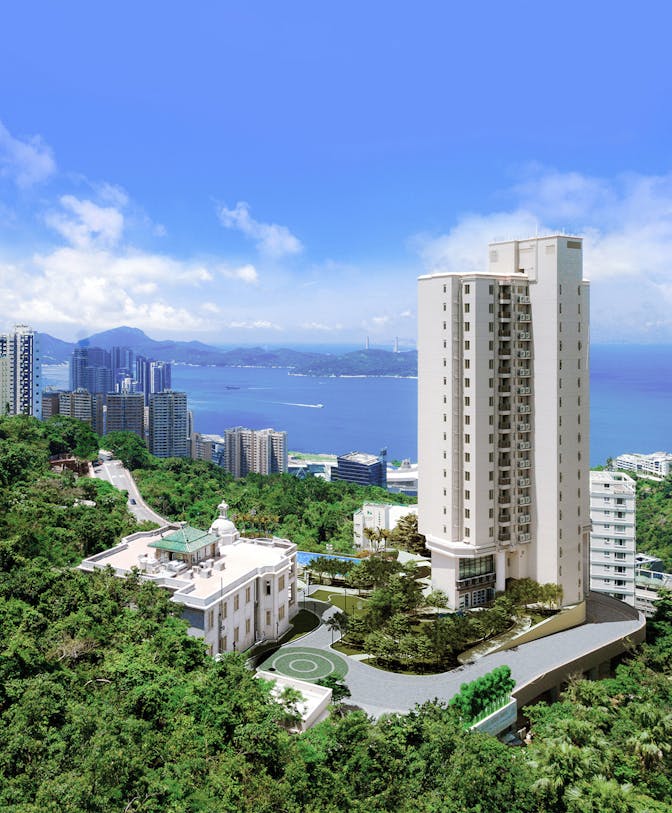
To draw an example, the Green Island Lighthouse Compound is a Declared Monument with a unique ecological setting, geography and function. Its requirement and energy performance are surely one of a kind. Any impact on its function due to light pollution, or impact on ecological setting due to construction activities on the island, requires thoughtful consideration. This illustrates the rationale behind the approach of understanding a heritage building before design. Another example is the Grade III historic building now known as Jessville Manor at Pokulam, originally completed in 1931. This building is a rare example of a colonial ‘European’ residential house in Hong Kong, saved from its initial redevelopment plan that would have seen it demolished. This decision alone eliminated 50 to 75% of embodied carbon emissions compared to the construction of new replacement buildings. By understanding its existing conditions, the significance of its deep veranda became apparent, in both character definition and in terms of adaption to local climate.

Development of Bespoke Tools
It is anticipated that the performance record pilot scheme will set the framework for the survival and development of heritage buildings in the next decade. Industry standard tools such as Green Star (widely used in Australia) assess the energy and environmental performance of buildings, but have little capacity to incorporate projects to existing buildings, let alone significant heritage places. Green Star was recently used on the Bice Building project in Adelaide, in which Purcell supported HASSELL/Baukultur as heritage consultant.
Often, the rating tool requires the existing building to be ‘sealed’ and substantial alterations, such as secondary glazed or thermal linings, be contemplated or integrated in order to achieve a rating whose base-line is often measured in new construction.
Such practices can cause conflict with heritage objectives (to do as little as possible to significant fabric or the design and construction intent of the heritage place) but are necessitated, without exhaustive performance based alternate solutions, by industry tools or statutory compliance to achieve contemporary occupancy and market expectation.
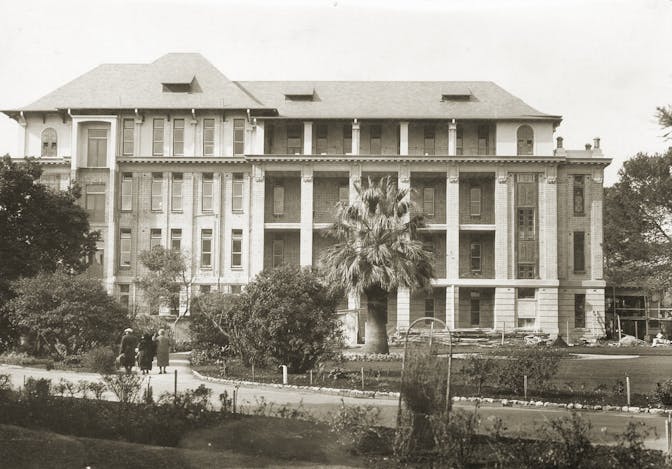
Beyond heritage, material or energy values embodied within retained heritage places, we need to expediate development of various tools to address their specific requirement. This includes bespoke assessment software, data collection and analysis, application guidelines, materials, and product solutions. While raising awareness of heritage building owners, consultants, funding agencies and suppliers is crucial, the leadership and support from policy makers is equally important to ensure the environmental cost to retain, preserve or adapt heritage places does prejudice its very survival.
The 26th UN Climate Change Conference that was postponed due to COVID will soon take place in Glasgow on 31 October 2021. This will be the first five-year progress assessment since Paris Agreement was created. We look forward to any discussion around heritage buildings being brought forward in the action plans prepared by the participating parties.
